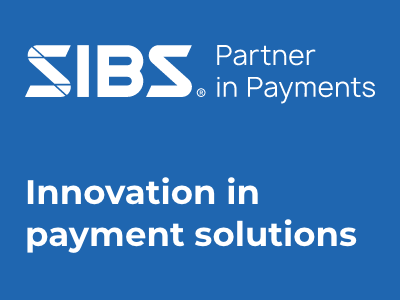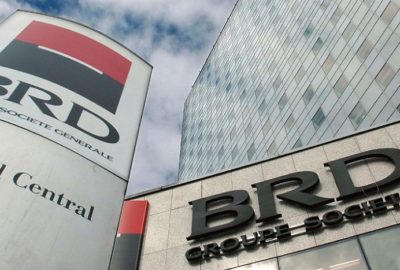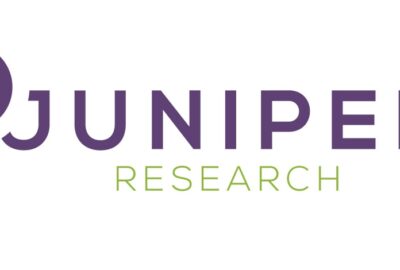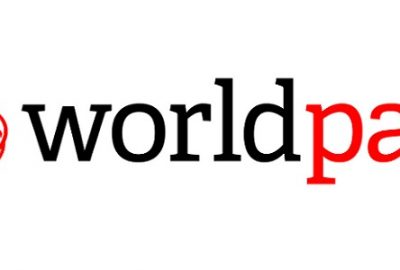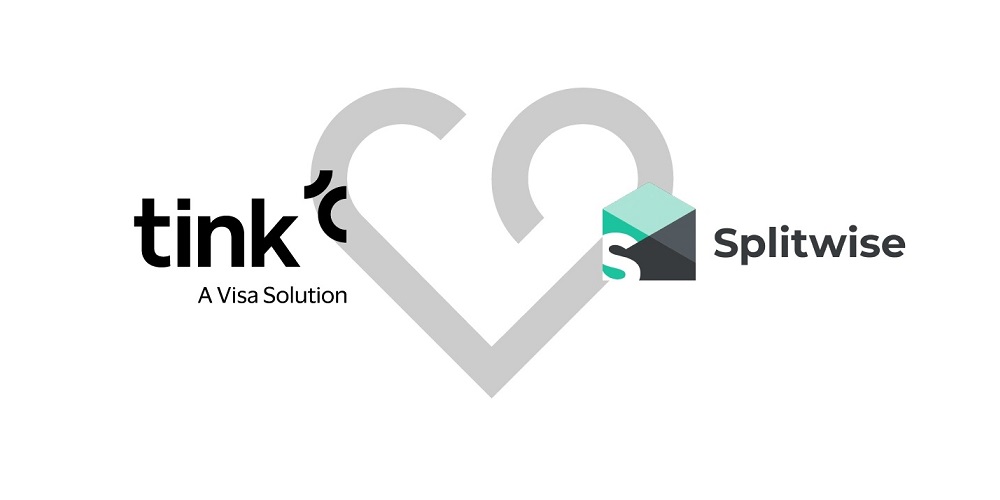The EBA and ESMA analyse recent developments in crypto-assets. „Decentralised Finance remains a niche phenomenon”.
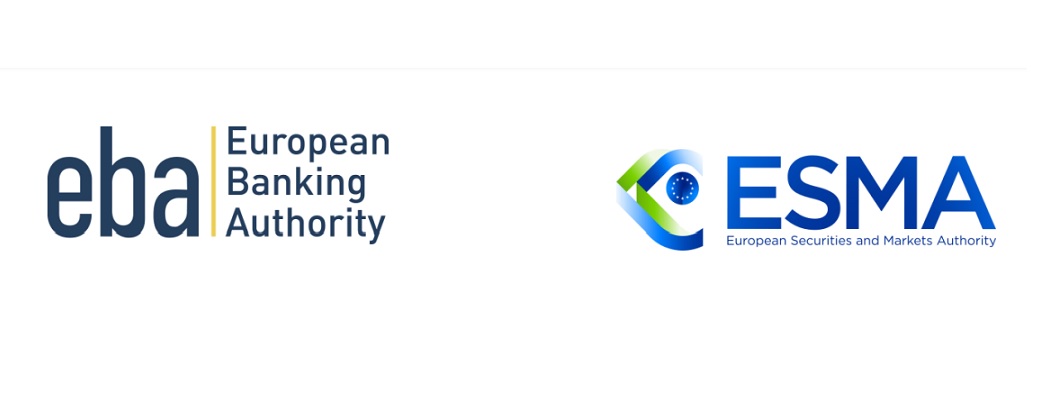
The European Banking Authority (EBA) and the European Securities and Markets Authority (ESMA) published a Joint Report on recent developments in crypto-assets, analysing decentralised finance (DeFi) and crypto lending, borrowing and staking. This publication is the EBA and ESMA’s contribution to the European Commission’s report to the European Parliament and Council under Article 142 of the Markets in Crypto-Assets Regulation (MiCAR).
EBA and ESMA find that DeFi remains a niche phenomenon, with value locked in DeFi protocols representing 4% of all crypto-asset market value at the global level. The report also sets out that EU adoption of DeFi, while above the global average, is lower than other developed economies (e.g. the US, South Korea).
The EBA and ESMA observe that the number of DeFi hacks and the value of stolen crypto-assets has generally evolved in correlation with the DeFi market size. Since flows on decentralised exchanges represent 10% of spot crypto trading volumes globally, DeFi protocols present significant risks of money laundering and terrorist financing (ML/TF).
The EBA and ESMA find the implications of maximal extractable value (MEV) on DeFi markets are widespread in DeFi and negative externalities of MEV would require technical solutions.
On the lending, borrowing and staking of crypto-assets, the report contains an analysis of the main types and typical features of the business models observed in the market, in both centralised and decentralised forms. These services are offered by a number of crypto-asset service providers (CASPs) in EU jurisdictions which in some cases also offer regulated crypto-asset services.
Based on the existing (limited) evidence, there appears to be limited engagement of EU consumers and financial institutions with crypto lending, borrowing and staking services. The report sets out and assesses the specific risks associated with each of them, such as excessive leverage, information asymmetries, exposure to ML/TF risks, and systemic risks arising from re-hypothecation and collateral chains, procyclicality and interconnectedness.
In particular, some users may receive insufficient information on the terms and conditions of these services in areas such as fees, interest rates paid or yields, changes to collateral requirements, among other relevant disclosures. However, the EBA and ESMA have not identified current risks from a financial stability perspective.
___________
Documents
Joint Report on recent developments in crypto-assets (Art 142 MiCAR) – 1.62 MB – PDF – Download
Dariusz Mazurkiewicz – CEO at BLIK Polish Payment Standard
Banking 4.0 – „how was the experience for you”
„To be honest I think that Sinaia, your conference, is much better then Davos.”
Many more interesting quotes in the video below:
